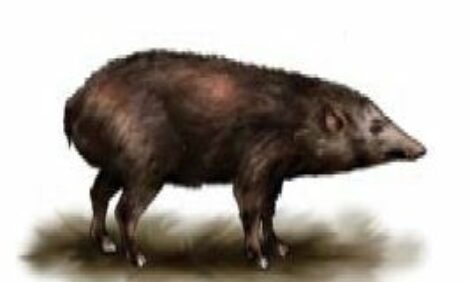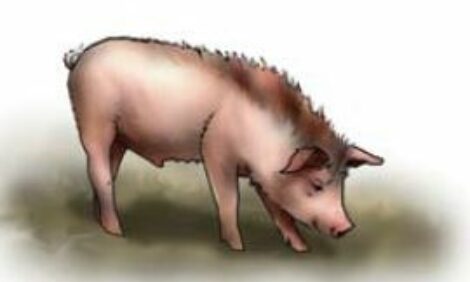



Vietnamese Pot-belly
The boars become fertile at six months of age, long before they are completely physically mature. Pot-bellied pigs are considered fully grown by six years of age, when the epiphyseal plates in the long bones of the legs finally close.
Because pot-bellied pigs are the same species as ordinary farmyard pigs and wild boars, they are capable of interbreeding. Most pot-bellied pigs have been crossed with various farm pig breeds. A 2004 study revealed extreme genetic diversity in indigenous Vietnamese pot-bellied pigs. They were also genetically different from each other according to location of origin in Vietnam. Pig breeds from developed countries were refined over centuries to a specific genetic make-up. This means a cross between a purebred Vietnamese pot-bellied and another pig type, its genetic material is more diverse and the offspring will resemble the more specific pig imports.
Today, the Vietnamese has realized that the indigenous Vietnamese pig subspecies exist only in mountainous Vietnam and Thailand. The Vietnamese government has begun to subsidize local farmers who continue to raise the indigenous pot-bellied pigs because it realizes they are neither as prolific nor as large as other breeds.
The Pot-bellied pig has also been a fad pet for a long time in the West. People buy them, assuming that they will stay small for their lifespan. While this is true compared to other breeds, they are much bigger than people think. According to Adam Goldfarb, the director of the Pets At Risk program for the Humane Society of the United States, "Pot-bellied pigs are really emblematic of what happens to an animal when it becomes a popular or fad pet. We saw this in the '90s when there was the initial pot-bellied pig craze. A lot of people went to buy them because they are so cute when they are little, but then they get big."








